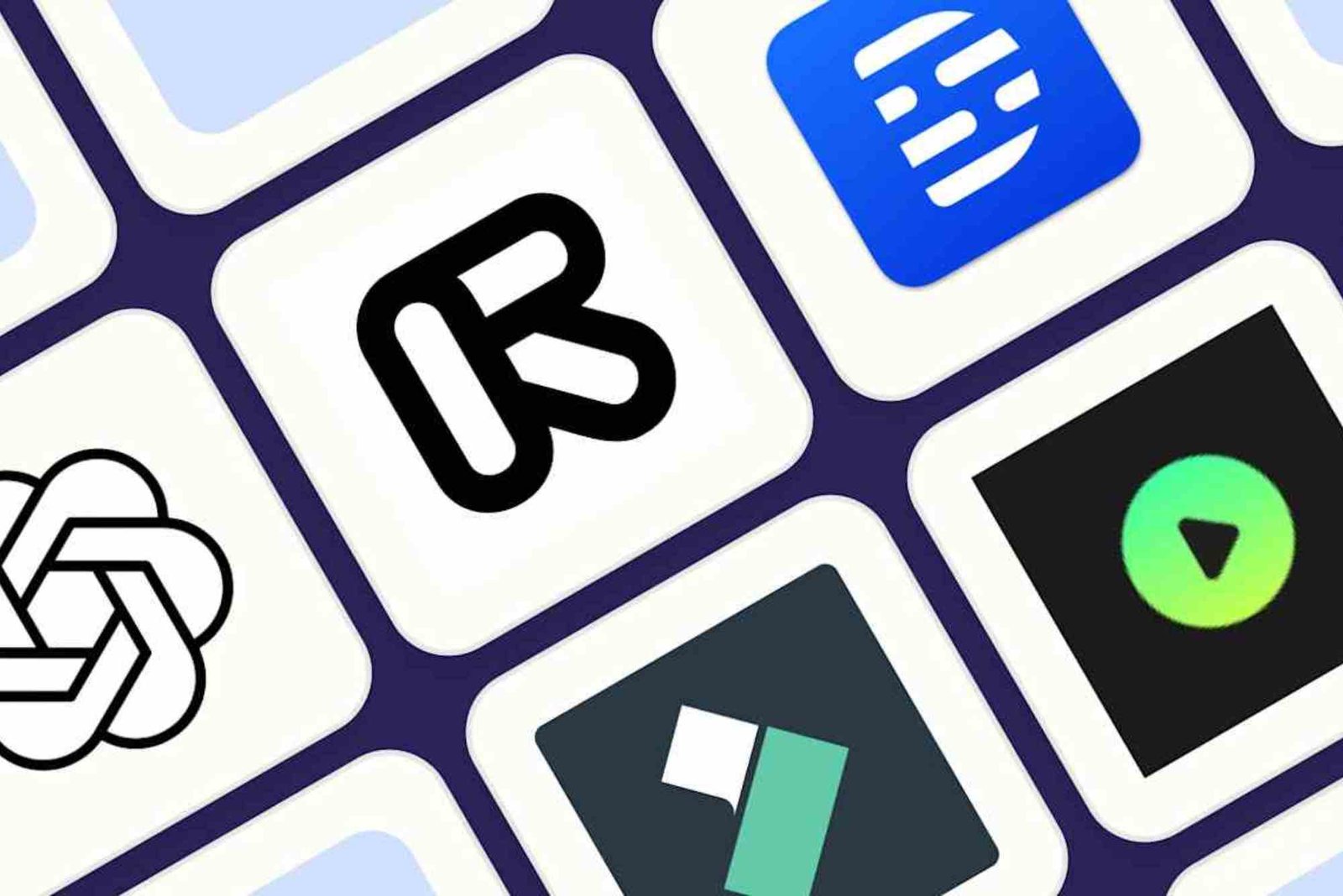Bitcoin, the world’s first decentralized digital currency, has revolutionized the financial landscape. Created in 2009 by an unknown person or group using the pseudonym Satoshi Nakamoto, Bitcoin offers a peer-to-peer payment system without the need for intermediaries like banks. Understanding how Bitcoin works involves delving into concepts like blockchain technology, mining, and transaction processes. This guide provides a detailed explanation of these components and their roles in the Bitcoin ecosystem.
What is Bitcoin?
Bitcoin is a form of digital currency that operates on a decentralized network of computers. Unlike traditional currencies issued by governments and central banks, Bitcoin is created and managed through advanced cryptographic techniques. Bitcoin‘s primary innovation is the blockchain, a public ledger that records all transactions.
The Blockchain Technology
What is a Blockchain?
A blockchain is a decentralized and distributed digital ledger that records transactions across many computers. This ensures that the recorded transactions cannot be altered retroactively. Each block in the blockchain contains a number of transactions, and once a block is completed, it is added to the chain in chronological order.
How Does Blockchain Work?
Blockchain works by utilizing a network of computers (nodes) that validate and record transactions. When a transaction is initiated, it is broadcasted to the network, and nodes work to verify its validity through a process called mining. Once verified, the transaction is included in a block, which is then added to the existing blockchain.
Bitcoin Mining
What is Bitcoin Mining?
Bitcoin mining is the process by which new bitcoins are created and transactions are added to the blockchain. Miners use powerful computers to solve complex mathematical problems that validate transactions. In return for their efforts, miners are rewarded with newly created bitcoins and transaction fees.

The Mining Process
How Does Mining Work?
Mining involves compiling recent transactions into blocks and solving computationally intensive puzzles. The miner who solves the puzzle first gets to add the block to the blockchain and is rewarded with bitcoins. This process requires significant computational power and energy, making it a competitive endeavor.
Mining Rewards
Initially, the reward for mining a block was 50 bitcoins, but this reward halves approximately every four years in an event known as “halving.” As of now, miners receive 6.25 bitcoins per block. This halving mechanism ensures that the total supply of Bitcoin is capped at 21 million, introducing a deflationary aspect to the currency.
Bitcoin Transactions
Initiating a Transaction
To send Bitcoin, a user needs a Bitcoin wallet, which generates a unique address for receiving and sending bitcoins. When a user initiates a transaction, it is signed with their private key, ensuring authenticity and security.
Confirming a Transaction
Once a transaction is broadcast to the network, it needs to be confirmed by miners. This confirmation process involves validating the transaction and including it in a block. A transaction typically requires multiple confirmations (usually six) before it is considered irreversible.
Transaction Fees
Transaction fees are small amounts of bitcoin paid to miners as an incentive for including transactions in the blockchain. The fee amount can vary depending on the network’s congestion and the transaction’s priority.
Security in Bitcoin
How Bitcoin Ensures Security
Bitcoin employs several security measures to protect against fraud and attacks. The primary mechanisms include cryptographic keys, decentralization, and the consensus protocol.

Cryptographic Keys
Bitcoin transactions are secured using public and private cryptographic keys. The private key, known only to the user, is used to sign transactions, while the public key is used to verify them.
Decentralization
The decentralized nature of the Bitcoin network means that no single entity controls the entire system. This reduces the risk of centralized failures and attacks.
Consensus Protocol
Bitcoin uses a consensus protocol called Proof of Work (PoW) to validate transactions and add new blocks to the blockchain. PoW ensures that all nodes agree on the state of the blockchain, preventing double-spending and other fraudulent activities.
The Future of Bitcoin
Adoption and Integration
Bitcoin’s adoption continues to grow, with increasing acceptance from businesses and financial institutions. Innovations like the Lightning Network aim to enhance Bitcoin’s scalability and transaction speed, making it more practical for everyday use.
Regulatory Challenges
Bitcoin faces regulatory challenges in various countries, with governments grappling to understand and control its use. While some countries have embraced Bitcoin, others have imposed strict regulations or outright bans.
Bitcoin’s Impact on Finance
Bitcoin has the potential to revolutionize the financial sector by offering a decentralized alternative to traditional banking systems. Its impact on remittances, online payments, and investment is already significant, and its future applications could be even more transformative.
Understanding how Bitcoin works is crucial for anyone interested in this revolutionary digital currency. From blockchain technology and mining to transaction processes and security, Bitcoin represents a complex yet groundbreaking system. As adoption grows and technology evolves, Bitcoin’s role in the global financial landscape will continue to expand, presenting both opportunities and challenges.
Bitcoin Ban in India
India’s relationship with Bitcoin has been turbulent, with significant regulatory challenges and potential bans. The Indian government has expressed concerns about the risks associated with cryptocurrencies, including fraud, money laundering, and financial instability. Bitcoin Ban in India Proposed legislation aims to prohibit the use of cryptocurrencies, while promoting the development of an official digital currency. This potential ban has created uncertainty among investors and businesses in India. Despite these challenges, the Indian crypto community remains hopeful for a balanced regulatory framework that could allow for innovation and growth.










